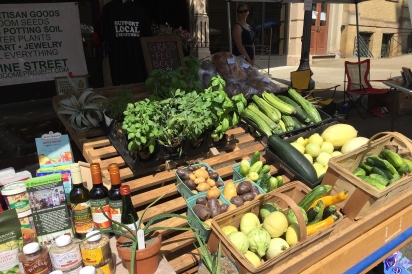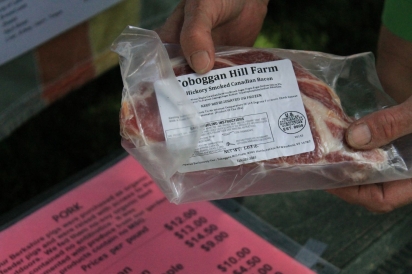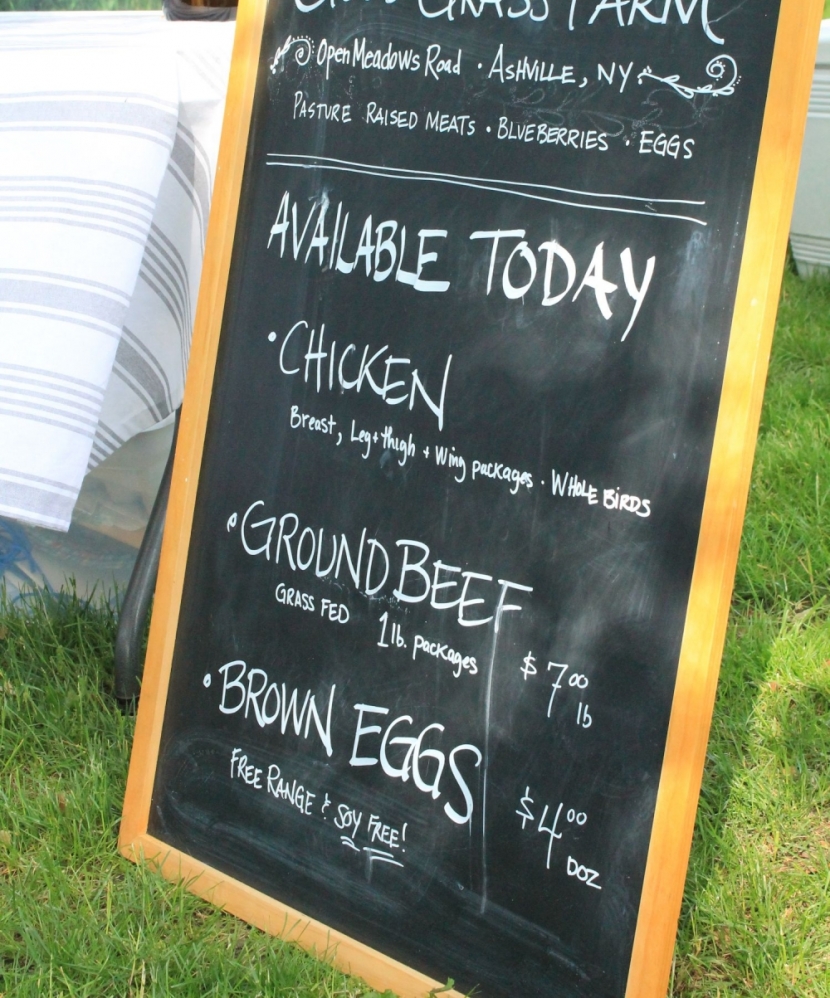What Local Farmers Wish You Knew
The terms “farm-to-table” and “locally sourced” are used so often when referring to food, they can become empty catechisms for those interested in signaling their fealty to All Things Foodie.
These terms and the pop culture movement around them can be largely traced back to a Berkeley, California, restaurant called Chez Panisse and its owner, Alice Waters. Opening Chez Panisse in 1971, Waters prioritized foraging and sourcing all of her ingredients from local farms.
At the time, many restaurants sourced locally out of necessity, but Chez Panisse was revolutionary in that it brought this concept to fine dining. Waters sourced her food locally, not only out of a sense of duty to local farmers, but also because she felt local food was cleaner, more equitable, and just plain better. Thanks in part to Waters’ pioneering efforts, the concept of farm-to-table took off as a more responsible and ideal way for the average consumer to get their food, whether through retail shopping or at a favorite restaurant.
While the notions around locally sourced food are rooted in good intentions, there is still a very big disconnect between farmers and the tables of those who live outside farm country.
When asked about the biggest disconnect between farmers and consumers, Gayle Thorpe, owner of Thorpe’s Organic Family Farm in East Aurora, says people probably don’t realize that Mother Nature has a big say in what happens.
“Even when a farmer has done everything right, farming is not a guaranteed success,” she says. “The weather and many other factors can cause you to have a much bigger crop or none at all. It’s not like a factory where you can guarantee results. A farmer has to have the fortitude and love of farming to keep going even when failures happen.”
Donna Eisenstat, who owns Toboggan Hill Farm in Westfield, notes that because of the unpredictable and seasonal nature of local farming, the farm-to-table restaurant model is not ubiquitous, and many local restaurants choose to source their meats and produce from outside Western New York.
“One reason is that small-scale farmers are not usually in a position to supply restaurants on a regular basis,” she says. “Restaurants need to have the same products week after week because their customers expect them to have the same menu items. Another reason is that products would need to be offered to restaurants at wholesale prices so that restaurants can offer meals at affordable prices. Most small-scale farmers would rather sell directly to customers at retail prices if they can.”
Thorpe adds, “It takes a bit more work and forethought to work with a local farmer. The chef needs to arrange a menu seasonally and talk with their local farmer ahead of time to tell them what they want so the farmer can plant accordingly.”
At stores like Wegmans and Whole Foods, we consumers get lured in by dazzling displays of picture-perfect produce. The market shares held by these large-scale companies allow them to select and offer only the most attractive fruits and vegetables. While this is a big part of these stores’ success, it can distort expectations, resulting in a lot of unnecessary waste.
“Many times a farm will have loads of delicious food that is wasted because it had a minuscule imperfection, though it could have been put to good use by your family,” Thorpe says. “Do you think the pioneers threw potatoes away if they weren’t shaped right?”
One of the best ways to become a smarter consumer of local food is to actually get to know local farmers. Kent Miller, owner of Plato Dale Farm in Arcade, suggests picking a local farmers’ market to frequent, and then attending often enough to build relationships with the people who grow or raise your food.
“Farmers look forward to interacting with frequent customers,” Miller says. “When you get to know the farmers, you’ll gain a lot more knowledge about the products you’re buying. You learn which farmer has what, and you also get to find out more about seasonal items.
“You could ask about upcoming products or what is special each week. A lot of people just go for tomatoes, cucumbers and peppers, but miss a lot of the really good seasonal crops, like ground cherries or beets.”
While many farmers’ markets increase accessibility by accepting SNAP/EBT and Farmers Market Nutrition Program WIC benefits, Eisenstat admits consumers choosing a farmers’ market over the supermarket is also about breaking a routine.
“Most people are geared toward getting all of their groceries from a supermarket, so it’s hard to break the habit and shop at a farmers’ market,” she says. “Our customers look for meat from animals raised on pasture and vegetables freshly picked and raised without artificial fertilizers or pesticides.”
On its official website, Toboggan Hill says its vegetables are grown without artificial fertilizers, pesticides, or herbicides, and the farm buys organic seed “when available.” While some people may expect a farmers’ market to only offer organic products, Eisenstat says that isn’t necessarily the case. “At most farmers’ markets, there are farms that represent a variety of growing techniques. Some use conventional methods, meaning that they may use artificial fertilizers, pesticides and herbicides. Farms that are certified organic will display a seal. Farms that are not certified are not allowed to use the term ‘organic’ to describe their farm, but if they use organic methods, they will probably indicate it with their signage. The term ‘natural’ is not regulated by the USDA.”
Like many things in life, getting good local food for you and your family comes down to relationships. When it comes to local farmers, Miller says you shouldn’t be afraid to take those relationships to the next level—and actually visit local farms.
“A farmer will almost always be happy to invite you to go see their farm, to be open and honest about what they’re doing,” he says. “Farmers are proud of what they do and like to show it. I would be skeptical of a farm that doesn’t want to be open to their customers.”








